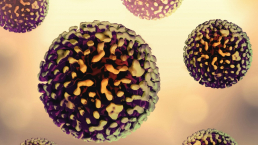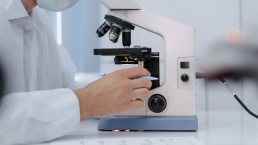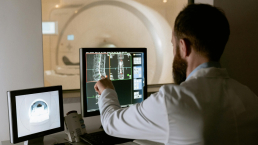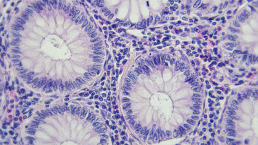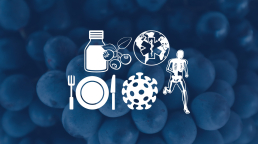
Insights from MDPI Top 5 Picks: March
For March’s top 5 list, the overall theme is healthcare. Two studies look at the roles of mitochondria and bioactive compounds in various biological processes. Another addresses the possibility of ancient viruses and bacteria being reintroduced due to melting permafrost, cataloguing 13 new viruses. The articles are detailed below.
Near-Suicide Phenomenon: An Investigation into the Psychology of Patients with Serious Illnesses Withdrawing from Treatment
The most-read article of March looks into the near-suicide phenomenon. This is where patients with serious illnesses or injuries end their treatments to prevent their families from becoming impoverished. Due to the high cost of many treatments, this is something faced by many low-income patients and their families.
In this study, a dataset of 1042 Vietnamese patients was analyzed. It was found that the more severe the illness, the more likely the patient is to drop out of treatment. The belief that their families would suffer financially if they opted for treatment amplified this effect. The authors suggest this be considered in future healthcare policy making.
The Key Role of Mitochondrial Function in Health and Disease
This review article outlines the role of mitochondria in various health and disease contexts. For example, their roles in cancer, type 2 diabetes, Alzheimer’s, and more are presented, as are their complicated bioenergetics. Also, they are also considered as the biggest producers of reactive oxygen species, which can cause damage to proteins, lipids, and mtDNA. The authors outline the fact that exercise is the only way to effectively regulate and improve mitochondrial function.
Bioactive Compounds as Inhibitors of Inflammation, Oxidative Stress and Metabolic Dysfunctions via Regulation of Cellular Redox Balance and Histone Acetylation State
Bioactive compounds control cellular redox balance and histone acetylation state, resulting in the inhibition of inflammation, oxidative stress, and metabolic disorders. This article presents a wide-ranging review of bioactive compounds, covering their regulatory and protective roles, as well as diet-induced changes to the processes they control.
Blood-Transfusion Risk Factors after Intramedullary Nailing for Extracapsular Femoral Neck Fracture in Elderly Patients
This is the second month running this paper has made it into the top 5. Read February’s article for a summary of the research.
An Update on Eukaryotic Viruses Revived from Ancient Permafrost
The thawing of permafrost due to climate change is a very serious environmental issue. It is causing the release of organic matter, most of which decomposes into carbon dioxide and methane, thus compounding the greenhouse effect. It could also cause the reactivation of bacteria that have remained dormant in permafrost for hundreds of thousands to millions of years.
Little research has been conducted on ‘live’ viruses found in permafrost—only two studies in 2014 and 2015. To address this research gap, the authors of this study characterize 13 new viruses found in Siberian permafrost samples.
If you want to find out more about any of the studies mentioned in this article, you can read them for free on the MDPI website.

